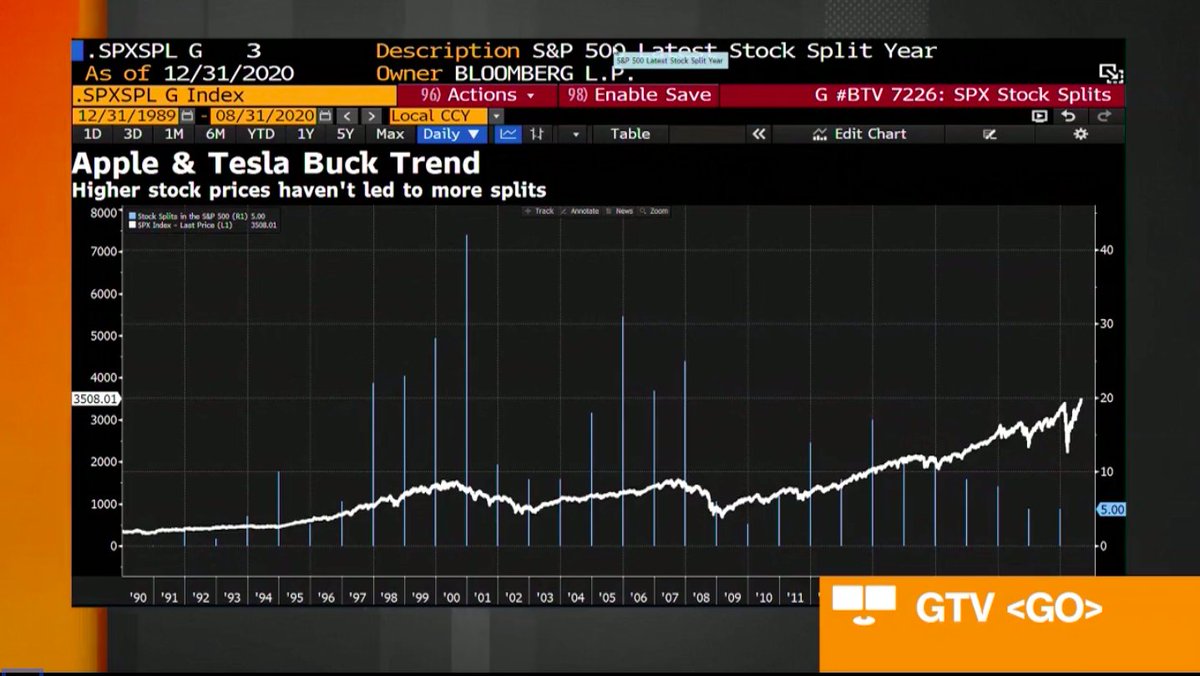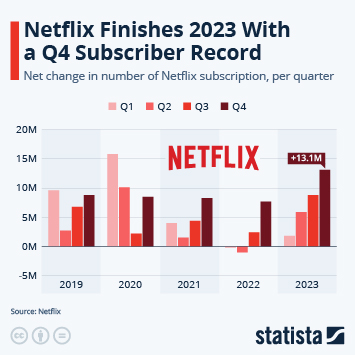
However, only $36.6 billion was indexed or benchmarked to the Dow. Many other sector and “smart beta” funds that track all or part of the index in some way also are forced to own some or all of the S&P 500’s components. That means passive funds tracking the S&P 500 must own all of its components, weighted by market value. Some $13.5 trillion was indexed or benchmarked to the widely used S&P 500 as of earlier this year. But sector weightings and overall construction of the average … these can be tricky things, and they're issues the editors would have to consider.Īll that said, investors should also know that being tapped for Dow inclusion is largely symbolic. They could add AMZN at the expense of some other sector, for sure. No, the editors aren't bound by some rule that requires them to swap stocks within sectors. Nike, meanwhile, is a massive global vendor in the apparel and footwear industry. Besides, brick-and-mortar retailers still matter, even amid the rise of e-commerce. The world's largest fast-food chain and nation's largest home improvement retailer represent aspects of the economy that would be diminished with their exclusion. Is that a problem?įurthermore, the editors construct the Dow to reflect the broader economy. Kicking one of those names out in favor of AMZN would lower the consumer discretionary sector's weight in the Dow. Home Depot ( HD), McDonald's ( MCD) and Nike ( NKE) are already representatives of that sector in the blue-chip bastion.ĭoes one of those stocks get the boot? Amazon’s post-split price would be well below that of HD or MCD.
:max_bytes(150000):strip_icc()/nvda1-98b0d8de45d9499a8796edddd4d18382.jpg)
The Dow’s editors at S&P Dow Jones Indices are the ultimate arbiters of that decision – and it’s not a simple one to make.Īmazon is a member of the market's consumer discretionary sector. That said, while the Amazon stock split might make Amazon a more realistic addition to the Dow, don’t consider its inclusion automatic. Adding AMZN at $2,100 would turn the Dow into the “Amazon & Friends Average.” UnitedHealth Group ( UNH), at roughly $500 a share, holds the greatest weight in the average today. Indeed, at $2,100 a share, Amazon stock would skew the average into meaninglessness. That price-weighted construction effectively shuts out companies with lofty share prices, such as AMZN. The S&P 500 and Nasdaq Composite determine their weights by market capitalization (stock price multiplied by number of shares outstanding.) But the Dow – created way back in 1896 – is weighted by the company’s stock price. The 15 Best Stocks to Buy for the Rest of 2022 That's because the blue-chip barometer isn't built like the other two major indexes.

Amazon to the Dow?īut perhaps the most interesting perceived benefit of the split is that Amazon could be tapped for the 30-stock Dow Jones Industrial Average one day. The company bought back $2.12 billion of its shares under that plan.īy reducing its share count, Amazon's remaining shares will have greater perceived value by dint of both their increased scarcity and greater claims on future cash flows. It replaces Amazon's previous $5 billion stock repurchase authorized in 2016.

However, a $10 billion share repurchase program, also announced back in March, is another matter entirely. In this case, shareholders will effectively be swapping a $20 bill in return for 20 $1 bills. That's because a split is essentially the same thing as making change.

And that continues to be true even in an age when brokers are happy to sell clients fractional shares for free.Īfter all, splits might give traders and investors more flexibility, but they have absolutely zero impact on a company's fundamentals, prospects or its shares' valuation. "This split would give our employees more flexibility in how they manage their equity in Amazon and make the share price more accessible for people looking to invest in the company," an Amazon spokesperson said.ĭespite what the textbooks say, the market loves stock splits.


 0 kommentar(er)
0 kommentar(er)
